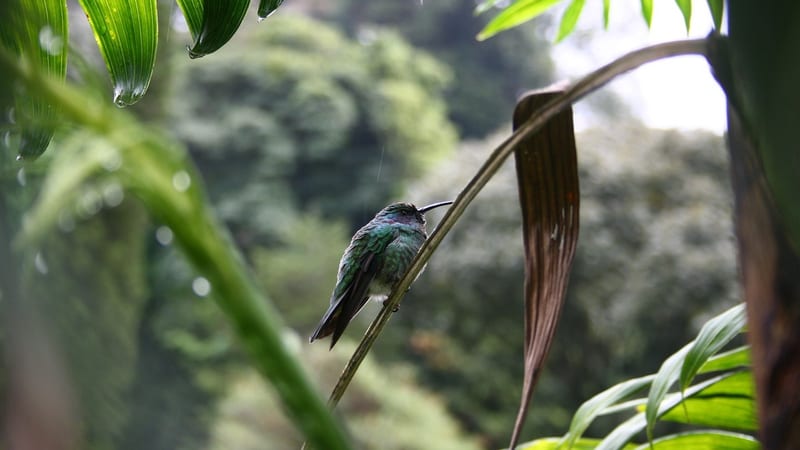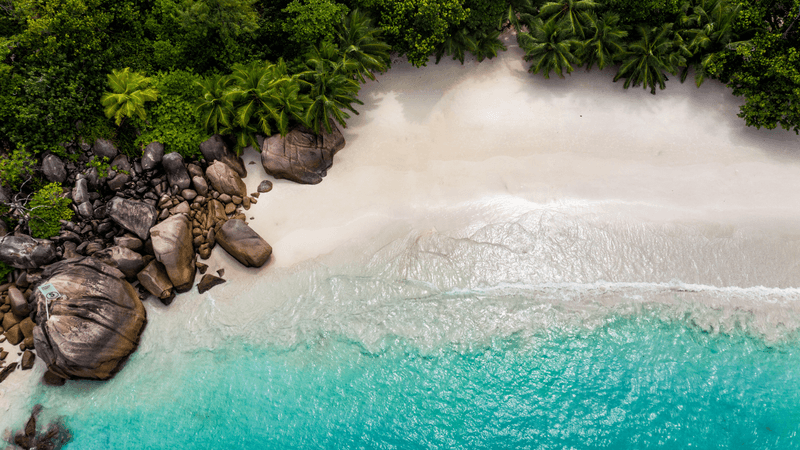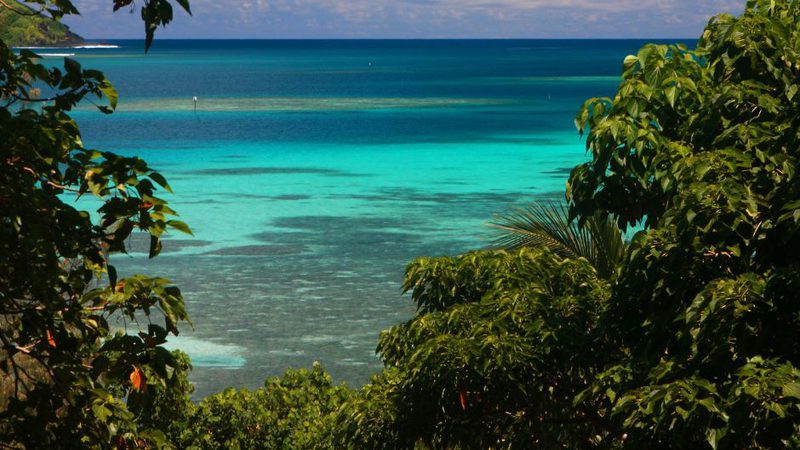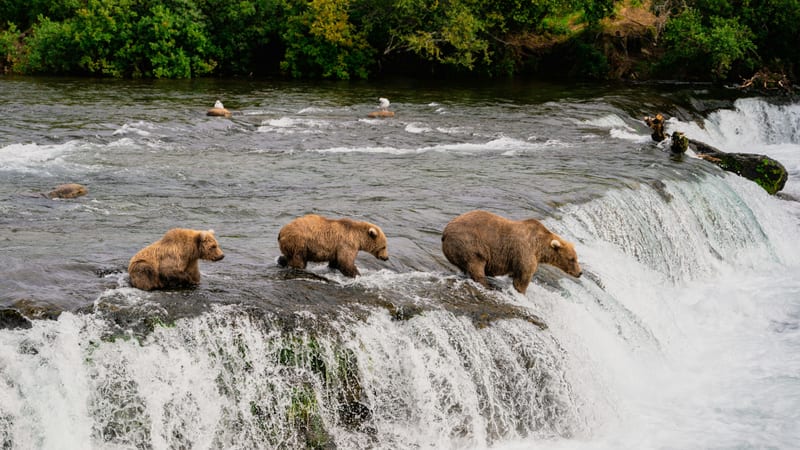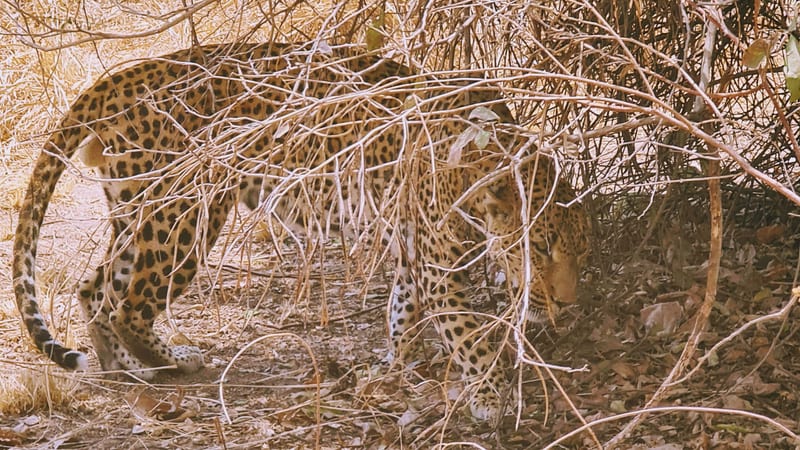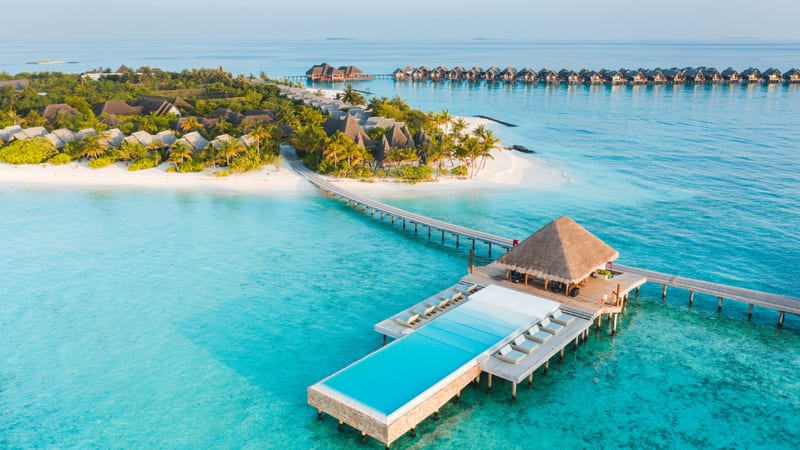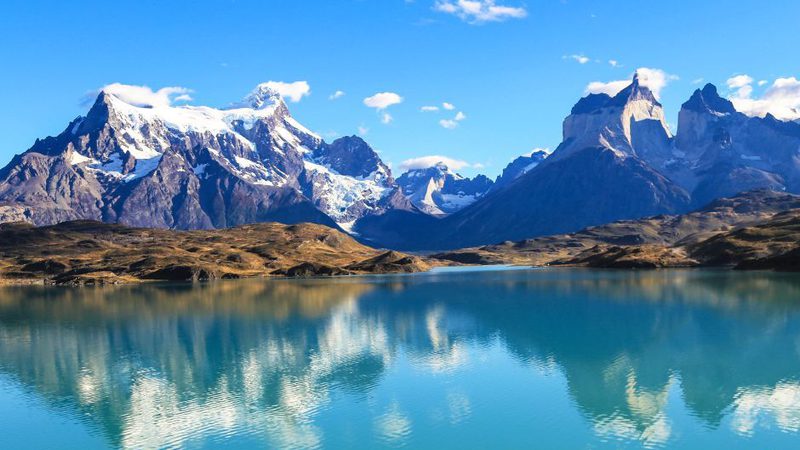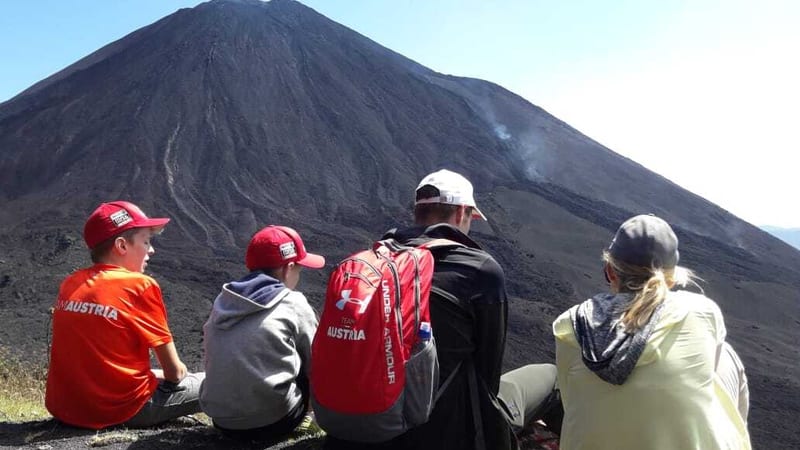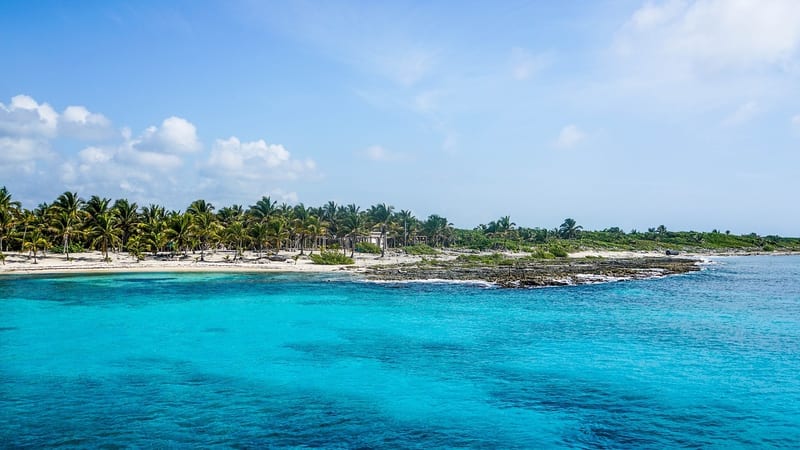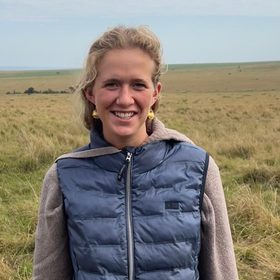Oliver’s camp is in a spectacular location close to the game-dense Silale Swamps and overlooking a flood plain of the Minyonyo Pools
Location: Oliver's Camp lies in the remote southern sector of Tarangire National park, Tanzania, perched atop a sandbank with sweeping views across the Minyonyo Pools floodplain and close to the wildlife-rich Sihale Swamps. Its secluded position - more than three hours' drive from the park entrance - ensures a sense of genuine wilderness and uninterrupted wildlife viewing, with herds of elephant, buffalo, and abundant wildlife frequenting the nearby watering holes.
Rooms: The camp features 15 large thatched tents, including a honeymoon tent and newly designed family tent with two en-suite bedrooms. Each tent offers flexible bedding (double, twin or triple), a spacious deck with daybeds overlooking the bush, and both indoor and romantic outdoor showers with total privacy. Built on raised platforms, the tents also including writing tables, comfortable chairs, ample storage and en-suite facilities with solar-heated water.
Amenities: Oliver's central living areas balance elegance and comfort: an open-sided lounge and library with leather sofas, a dining room for communal meals, an upper sun deck with a fire pit, and an inviting bar and pool perched above the floodplain. The camp offers complimentary laundry, power points for charging, Wi-Fi in public areas, and peaceful spaces for birdwatching or game viewing directly from the deck.
Activities: Guests are immersed in diverse safari offerings: twice-daily game drives, walking safaris led in partnership with TANAPA rangers, night drives, and the adventurous fly-camping experience in the bush. Optional hot-air balloon safaris offer a breathtaking aerial perspective over Tarangire's plains at dawn. The guides are exceptionally skilled, with deep knowledge of natural history and an acute ability to track rare species.
Sustainability: Oliver's Camp was the first African lodge to receive Sustainable Travel International STEP gold certification, reflecting its strong eco credentials. The camp uses solar power for hot water; single-use plastics are banned, replaced with reusable bottles; and guest stays support conservation and community projects via Asilia's conservation charge. These initiatives help fund predator-friendly livestock management, community forestation, scholarship programmes, and broader human-wildlife coexistence efforts across the region.
Best places to stay in Tarangire
Tarangire Trip Inspiration
When to visit Tanzania
Find out the best time to visit Tanzania with our month by month guide.
- Best
- Good
- Mixed
- Jan
- Feb
- Mar
- Apr
- May
- Jun
- Jul
- Aug
- Sep
- Oct
- Nov
- Dec
January
January is mixed when it comes to weather, temperatures rise whilst the chance of rain and humidity increases. It is still a good time to go, as the rates are lower yet the game viewing is still excellent.
- During this time migratory herds are in the Serengeti for calving season, meaning the Ndutu plains are busy.
February
The weather remains hot with a chance of rain in February.
- Meanwhile in the Ndutu Plains the migration is still occurring.
March
March is the calm before the storm, before heavy rains and humidity builds. Visitors can take great advantage of lower rates during the low season.
- Migrating herds start to leave Ndutu, heading West towards Grumeti.
April
April experiences continued periods of heavy rain, we would advise against travel due to the conditions.
May
During may there is periods of heavy rain, we would advise against travel due to the conditions.
June
June heralds the wet season, bringing lush green vegetation which can make spotting game more difficult. It is a particularly great time for birders as parks become populated by migratory birds especially in the South.
- Migration is still in the Grumeti area, heading north.
July
July is the start of peak season, temperatures reach up to 30 degrees and the surrounding land becomes drier and spotting game is becoming easier.
- The migration is in the Northern Serengeti moving towards Kenya.
August
August is peak season, with bush land drying out game spotting becomes much easier. If you want to experience Tanzania game at its best, August is the time to travel.
- The migration still remains in the north.
September
Peak season continues in September, the Northern circuit can be very busy, if you want to avoid crowds it's best to visit the southern parks.
- The end of the migration is still in the north with herds on both side of the Kenyan and Tanzanian borders.
October
Peak season continues into October with good game viewing in the Serengeti and southern parks.
- The migration has now crossed over into Kenya.
November
November is the start of the rainy season, the rains tend to be overnight so it is still a popular time to travel. During this month you can take advantage of low season rates.
- Migration crossing over into the Serengeti can be seen a the Tanzania and Kenya border.
December
Rains continue in December, whilst the temperature and humidity start to build. Venturing out on safari is generally good, with large game still easily spotted.
- Migrating herds in the north travel south back to Ndutu.
Speak to a Tanzania expert today
and start planning your tailor-made holiday

Alistair





